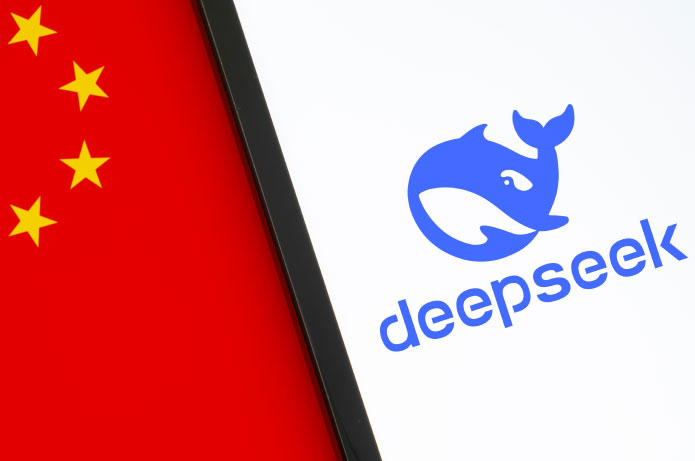THE AI DeepSeek it has proven that it can annoy industry giants such as OpenAI, Anthropic and Google with the release of the models DeepSeek R1 and v3, which combine high performance with a cost far below the market standard.The move has generated a chain reaction, with the Alibaba lbuilding a DeepSeek-based model a few days later, and debates over U. S. sanctions on exporting chips to China intensifying.A.I and Chinese-based Fabricio Carraro said Program Manager at Alura, this change in the scenario can redefine the future of AI development:
“O DeepSeek R1 surprises by the balance between quality and cost. While models like OpenAI o1 have excellent performance, DeepSeek has managed to achieve comparable results for a much smaller budget and has even released the model as open-source, allowing any company or developer to test, retrain and deploy the technology as per their needs”, and explains Alura's Program Manager.
In addition, Carraro highlights how the china's reliance on foreign chips it still represents a challenge, but that the massive investment of companies such as Target (US$ 65 billion in 2025 alone) and Stargate project in the US (US$ 500 billion in AI infrastructure) they can amplify this geopolitical and technological dispute.
Given this scenario, what can we expect for the future of generative AI? How does the advancement of DeepSeek impact companies, developers and the business model of the industry giants themselves?
To explore these questions, I suggest a conversation with Fabricio Carraroclosely follows these trends and can bring strategic insights into the impact of AI DeepSeek, the open-source model war and the next steps of OpenAI, Anthropic and Google in this race for AI supremacy.


